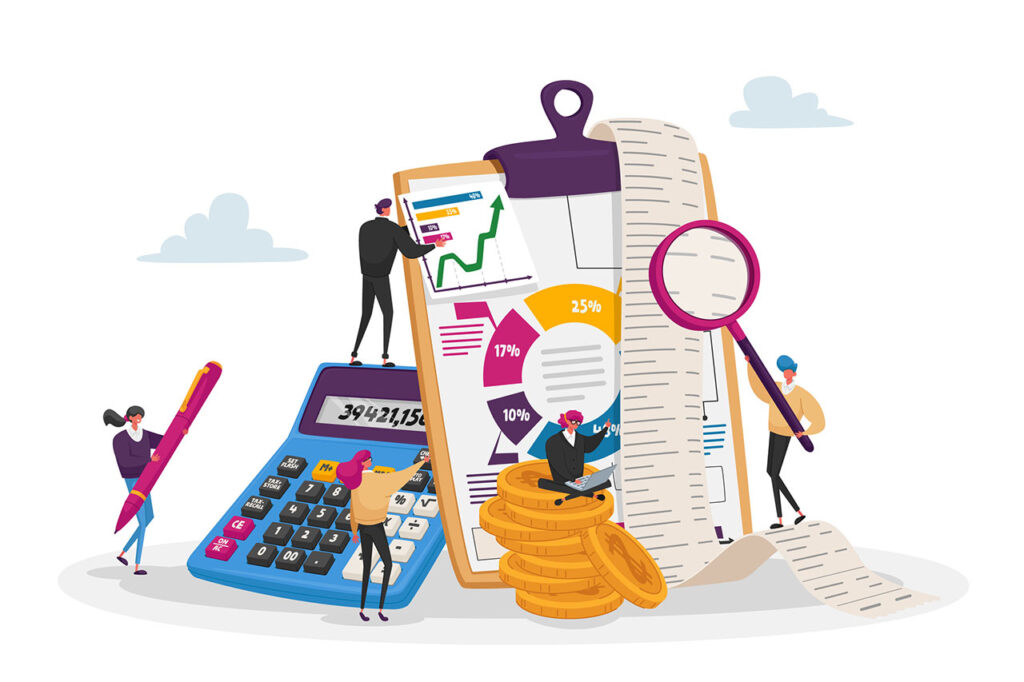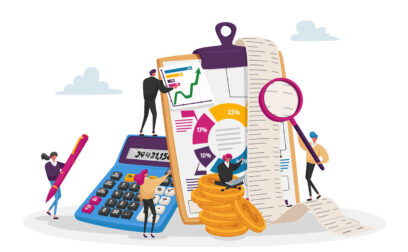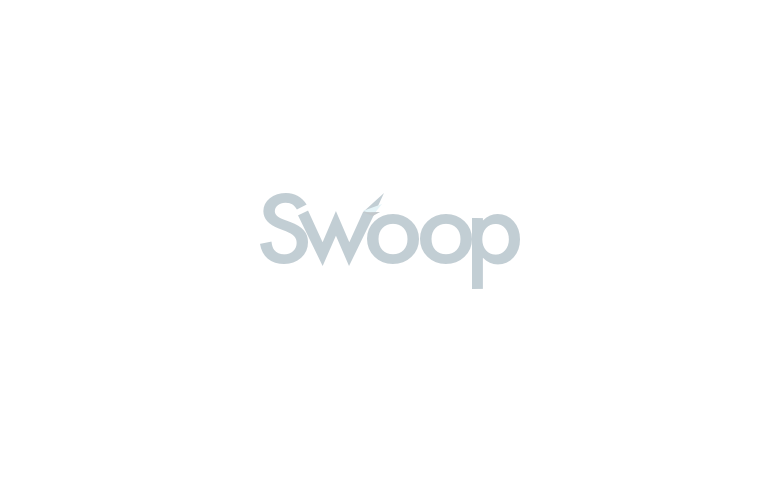Boosting your business’s cash flow is essential for maintaining a healthy financial status and ensuring smooth operations. Here are some steps to help you improve your cash flow:
Negotiate quicker payment terms
Ensuring your clients pay on time is crucial, especially after a big sale. Late payments can lead to a negative cash flow shortage as your accounts receivables grow. To avoid this, negotiate with your clients to move the payment deadline forward. You might also ask for a partial deposit upfront to get cash immediately.
If a client is late with a payment, chase it immediately. Consider investing in invoice management and accounting software that sends automatic payment reminders and keeps track of payments. Some software even accepts electronic payments.
Create customer incentives and penalties
Encourage clients to pay early by offering discounts. For example, offer a 2% discount if they pay within the first 10 days and 1% if they pay within 11 to 20 days. You could also offer discounts on future orders or gift certificates.
Charging fees for late payments is another option. However, clearly highlight these fees when drawing up the initial client contract and again when invoicing. Explain the fee amount and when it will apply.
Check your accounts payable terms
While speeding up the process of receiving payments, try to slow down making payments. When a bill arrives, read the terms to see how long you can wait before paying to reduce the risk of a cash shortage. There’s no harm in negotiating with your vendors for longer payment terms in return for your business.
Reduce unnecessary spending
Like personal finances, businesses should review their expenditure to find cutbacks and savings. For instance, if you’re covering expensive mobile phone bills for employees, see if you can switch to a better deal and save money.
Conduct an inventory check to list products that aren’t selling well. Instead of buying more, get rid of them, even at a discount. Products that don’t sell well tie up cash and hurt your cash flow.
Lease equipment instead of buying
Consider leasing equipment instead of worrying about high upfront costs. Leasing allows you to pay a fixed monthly fee, enabling smaller payments that don’t deplete your cash reserves. Be sure to check the lease terms carefully.
Study your cash flow patterns
A cash flow analysis helps prepare for positive or negative cash flow swings. Analysing your business history helps spot trends and patterns, allowing you to prepare for future swings ahead of time.
Create and maintain a cash flow forecast
Accurate cash flow forecasting is important for all businesses. It helps determine if you’re going to run out of money and allows you to plan ahead. It might help you assess whether you need to reduce overheads or find new investment.
A good cash flow forecast shows your business’s income and outgoings for a set period, whether a few weeks or several months. To do this, you’ll need to:
- Collate all the cash coming into the business.
- List all your planned expense payments.
- Calculate the net cash balance.
These steps help predict when your cash flow might be positive or negative, allowing you to act accordingly. Positive cash flow for several months might indicate a good time to expand or invest. Negative cash flow for a while means taking steps to ensure sufficient cash to cover your bills.
If your business has been running for several years, use sales data from previous years to guide your estimates.
Consider invoice finance
Invoice finance can improve cash flow by borrowing money using your unpaid invoices. If you’ve issued invoices to clients but haven’t been paid, invoice finance lets you access that cash early.
The lender uses unpaid invoices as security for funding, typically advancing 75% to 95% of the invoice value upfront. The lender collects payment for the invoices directly from your customers, deducts a fee, and pays you the remaining balance.
This can be beneficial if you have high-value invoices that could affect cash flow if unpaid.
Boosting your business’s cash flow involves a combination of strategies, from negotiating terms to using financial tools. Implement these steps to ensure a steady and healthy cash flow for your business.







 yet? Register here!
yet? Register here!